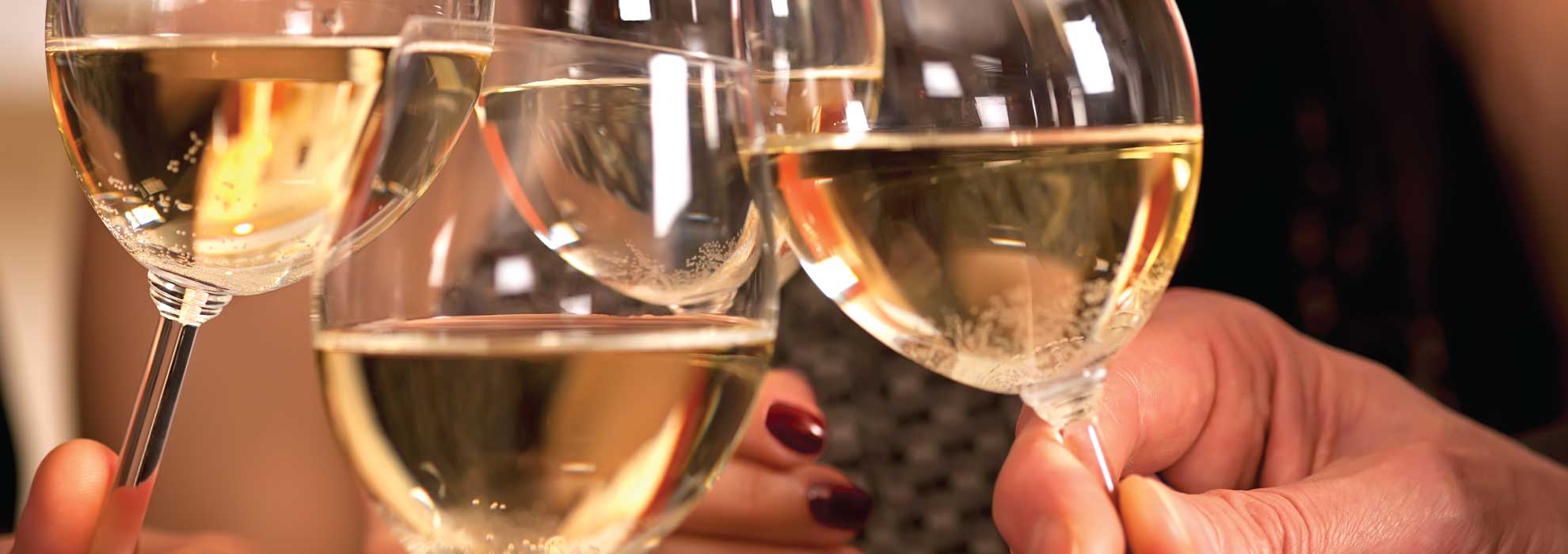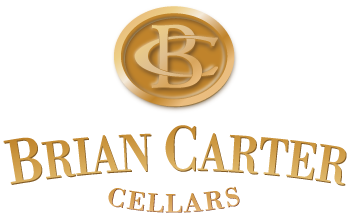08 Jul White Blends?

Because of Brian Carter Cellars success with our white wine blend Oriana, I thought it would be good to take a closer look at white blends. While red blends as a category have significantly increased in popularity over the last couple of decades, white blends remain more obscure.
This is not unique to any one area; those areas that tend to be best known for their blends such as Bordeaux and the southern Rhone both have significant, although smaller, production of white wine blends compared to their dominant red blends.
When we compare red varietal wines such as Cabernet Sauvignon, Merlot, Syrah dominate, while red blends are often secondary in spite of increasing popularity. On the white wine front, the varietals of Chardonnay and Sauvignon Blanc still dominate while many white varietals inch forward, such as Pinot Gris, Viognier, and many others. With a few exceptions however white blends have not hit the mainstream.
Let’s review white blends, from traditional to inventive, from mainstream to obscure. As mentioned above Bordeaux has long made white blends which are still popular today. They have been made with the varieties Semillon and Sauvignon Blanc but can also contain smaller amounts of Muscadelle and Sauvignon Gris. While somewhat harder to find the white blends of the southern Rhone Valley have a long tradition made from a longer list of grapes, including Grenache Blanc, Roussanne, Marsanne, Picpoul, Bourboulenc and more.
We also need to remember a couple of wines that are not always thought of as white blends, such as Champagne and Sauternes. Champagne can be 100% Chardonnay or Pinot Noir, but the classic blend is both, with smaller amounts of Pinot Munier and Pinot Blanc often found. Of course, you can argue that Pinot Noir and Pinot Munier are not white varieties, but we are talking white wine made from red varieties. In the case of Sauternes, we are talking of a blend of Semillon and Sauvignon Blanc with some Muscadelle and Sauvignon Gris occasionally present.
While these may be the better-known white blends, there are many lesser-known traditional examples such as those from Rioja containing the varieties Malvasia and Viura. Now, circling back to Oriana, let’s take a deeper dive into non-traditional bends. The sky is the limit on what you can use in these blends, as opposed to most European areas where what varieties you can grow is strictly controlled. Looking around the marketplace there are certainly popular white blends such as Conundrum that have been around for a while. This is a California blend of Chardonnay, Sauvignon Blanc, Semillon, Muscat, and Viognier. You probably have seen Ménage à Trois on the shelf as well, made from Chardonnay, Muscat, and Chenin Blanc. Here in Washington, Delille has made a good name for themselves with Chaleur Blanc a very traditional Bordeaux blend of Sauvignon Blanc and Semillon. One of my favorites, also here in Washington has been made by Thurston Wolfe Winery from Pinot Gris and Viognier called PGV.
Look around and you can see that just about every variety has been used for blending and just about every region makes one. I found on the internet an “Abracadabra” like blend made on Long Island called Bridge Lane that contained 29% Chardonnay, 26% Pinot Blanc, 18% Riesling, 14% Viognier, 9% Sauvignon Blanc and 4% Gewurztraminer. Got to try that!
Let’s finish with a taste of Oriana.
Probably most of you know the story of how I intended to make a Rhone based blend of Viognier and Roussanne but decided it needed some high acid low alcohol Riesling to bring it to perfection. Many people have asked why we don’t make another white blend and I have always struggled to come up with something I like as well as Oriana. I am also often quoted as saying how often I am told that Oriana is someone’s favorite white wine. Peaches and apricots from the Viognier, figs, and melons from the Roussanne and apples and pears from the Riesling, let the wine open up in the glass. Perfect with crab, shellfish, Asian food, sunshine, and good friends.
Enjoy!
Brian Carter, Winemaker


